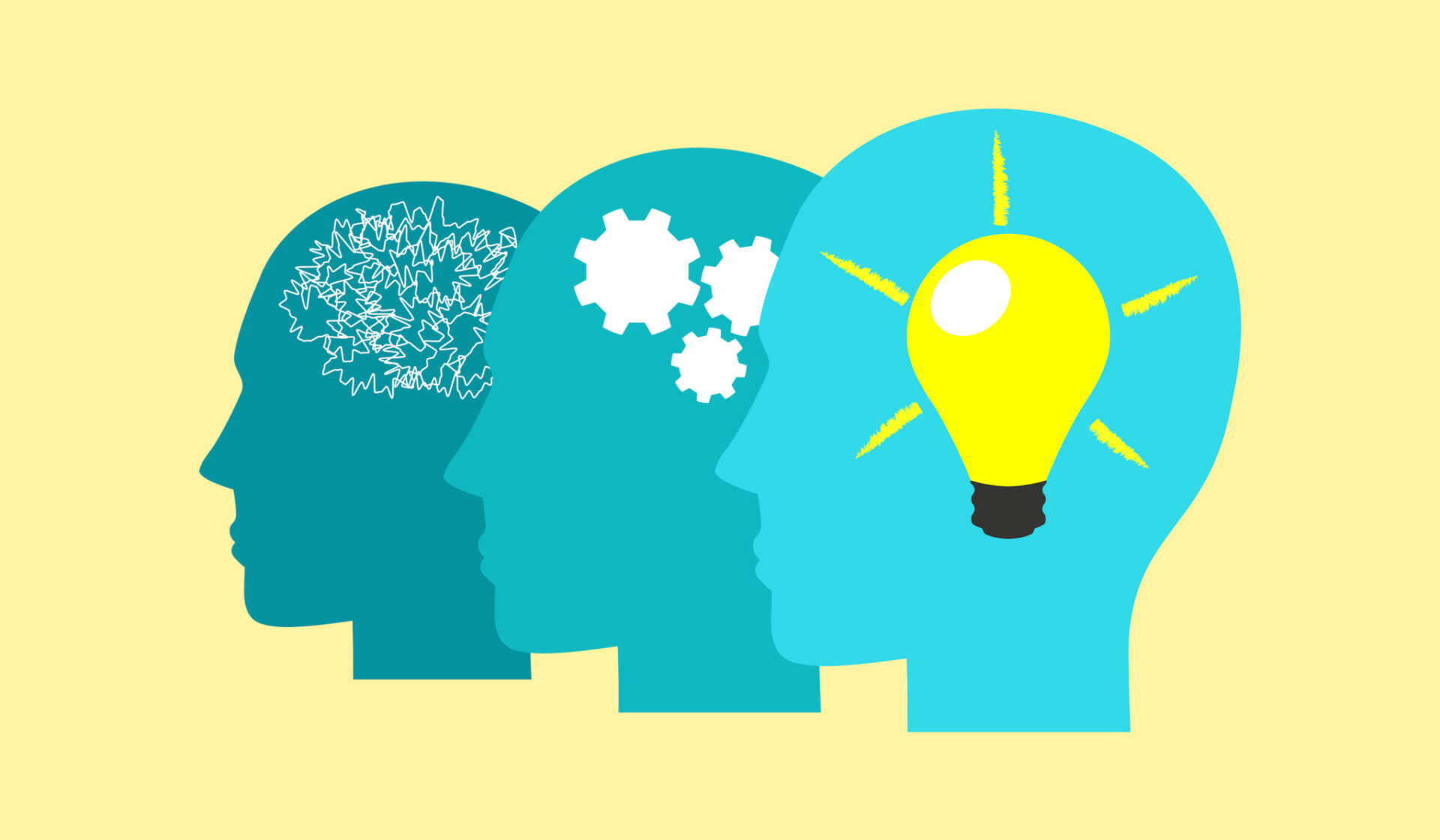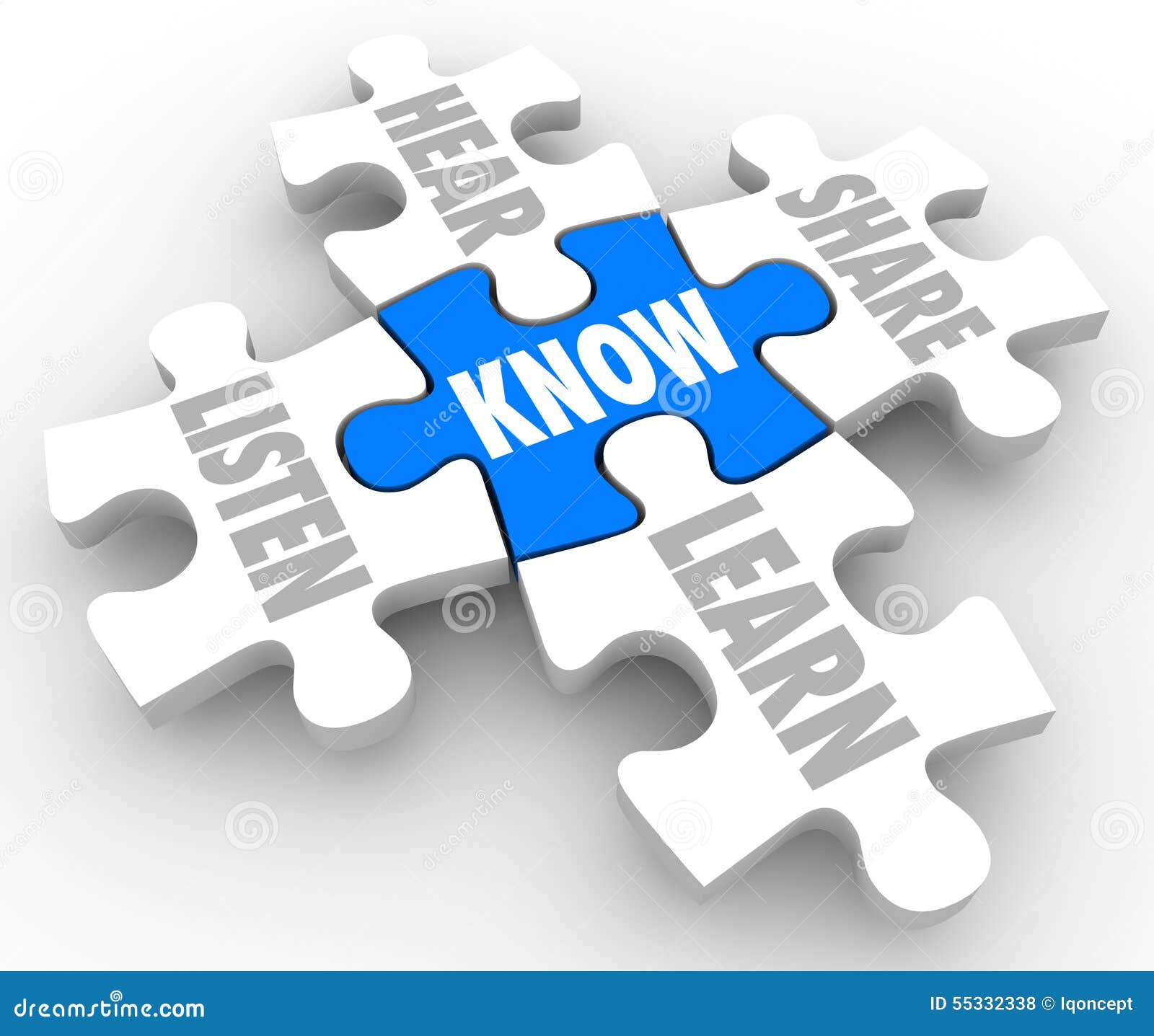Understanding Movie Rules - A Comprehensive Guide To Cinematic Guidelines
Have you ever watched a movie and just felt it click? That sense where everything makes sense, the story flows, and you just "get" what's happening, even if it's something totally wild? That feeling, it's pretty much a mental grasp, a sort of inner lightbulb going off. It's like your brain is building a little model of the film in your head, connecting all the pieces. Sometimes, though, a film might feel a bit off, or you might not quite connect with it, and that's often because there are these quiet, unspoken agreements at play, the very things that help us know how something works in a story.
These agreements aren't like strict laws written down somewhere, but rather shared ideas that filmmakers and audiences, over many years, have come to accept. They are a kind of shared knowledge about a subject, about how stories unfold on screen. Think of it this way: when you truly get a concept, you can use it. Similarly, when you pick up on these common cinematic patterns, you're able to use that insight to follow along, to predict, and to appreciate the choices made. It's like having a sum of your knowledge of a certain topic, specifically the topic of movies.
To really enjoy movies to their fullest, and to maybe even spot why some stories feel so natural while others don't, it helps to be a little familiar with these commonly held ideas. It's about knowing what something means or how it works within the context of a film. We're going to take a closer look at some of these general understandings that shape how stories are told on screen, giving you, honestly, a deeper way to watch and appreciate the art of film. You know, it's quite something how these small agreements make such a big difference.
- Pippa Middleton Ex Husband
- Ren%C3%A9e Estevez
- Marjorie Bach Age
- Buy Chatgpt Plus In Iran
- Teach Me First Comic Honey
Table of Contents
- What Makes a Movie Feel Right?
- Why Do We Expect Certain Things in Movies?
- The Visual Language of Film
- The Sound of Storytelling
- Are There Rules for Character Development?
- Story Structure and Pacing
- How Does Genre Influence Our Expectations?
- The Power of Editing
What Makes a Movie Feel Right?
When a film truly connects, it often feels like a natural fit, almost as if you’ve always known how it would play out, even if you haven't. This feeling comes from a mental process where we take in information, ideas, or situations and then connect them to things we already know. It's about being able to perceive the meaning or significance of what’s happening on screen, and then interpreting it without much effort. Think about it: a character looks off into the distance, and you just know they're thinking about something important, or maybe dreaming of far-off places. This isn't usually spelled out for you, but you just sort of pick it up.
The unspoken agreements in your guide to cinematic guidelines.
These "unspoken agreements" are like a common language that filmmakers and audiences share. They're not written down in a rulebook, but they're part of the collective familiarity we have with storytelling. For instance, when a character suddenly has a flashback, the picture might get a bit hazy or the colors might change, and we instantly recognize that we're looking at something from the past. This shared intelligence between two or more persons allows us to follow the story without getting lost. It's a mutually understood way of doing things, really, and quite clever when you think about it.
It's about having a kind of intelligence, a shared way of seeing things. If you have a firm grasp of these shared ideas, you just know how a film works or what it means. It's the mental process of a person who understands, making connections and interpreting cues. So, too, when a character is introduced with a certain type of music, you might instantly get a sense of their personality, like if they're a hero or perhaps a sneaky villain. This is a big part of what makes movies so powerful; they communicate so much without saying a word, pretty much all the time.
- Ren%C3%A9e Pilar Estevez
- Gloria Torres Of Only Fans
- Vanna Whites Boyfriend
- Chatgpt Plus Subscription Iran Access
- Chatgpt Plus Iran Purchase
Why Do We Expect Certain Things in Movies?
Our expectations when watching a film are shaped by countless hours of past viewing. We've built up a sum of knowledge about how stories usually go, how characters behave, and how certain scenes tend to play out. This knowledge helps us to model the object, which in this case is the movie itself. When a hero faces a big challenge, for example, we almost automatically expect them to find a way to overcome it, or at least to give it their all. This is a cognitive process, where we use concepts we've picked up over time to make sense of the present moment in the story.
Grasping the shared language for cinematic guidelines.
This shared language is really about how we "get" a concept. It's the ability to grasp or comprehend information, ideas, and situations as they unfold on screen. When a movie uses a familiar trope, like a sudden plot twist, we might anticipate it or, if it's done well, be pleasantly surprised. But even then, our ability to appreciate the twist comes from our knowledge of how stories typically build up to such moments. It’s about perceiving the meaning of something, and then making those crucial connections.
For instance, if a character is shown looking at a clock repeatedly, we start to feel a sense of urgency, maybe even a ticking time bomb. This isn't just about what's on screen; it's about the meaning we draw from it, the significance we attach to those repeated actions. This familiarity with particular things, like how time is often portrayed to build suspense, helps us to really sink into the story. It's a mental grasp that makes the whole experience much richer, and honestly, a bit more exciting. You know, it's kind of like having a secret decoder ring for films.
The Visual Language of Film
Movies communicate so much through what we see. The way a scene is framed, the colors used, the lighting – all of these visual elements carry weight and help us to form a mental picture of the story. It's a bit like reading a book where the words paint images, but here, the images are doing the heavy lifting themselves. When a character is shown in a wide, open space, for instance, we might feel a sense of freedom or perhaps loneliness, depending on the context. This is about making connections between what our eyes take in and the feelings or ideas those visuals bring up.
How shots and angles shape your guide to cinematic guidelines.
The choices filmmakers make about shots and angles are a big part of how they guide our eyes and our feelings. A close-up on a character's face can tell us so much about their inner world, their fear, or their joy, without them saying a single word. This is a very direct way to perceive the meaning or significance of a moment. Similarly, a low-angle shot, looking up at a character, can make them seem powerful or intimidating, while a high-angle shot can make them appear small or vulnerable. These are visual cues that we've come to know how they work.
It's all part of the visual knowledge we build up over time. When you see a character reflected in a mirror, for example, it might suggest something about their inner conflict or a hidden side of their personality. This is a subtle way for the film to communicate complex ideas. This ability to grasp or comprehend these visual ideas is what makes us truly connect with the story on a deeper level. It's about knowing what it means when you see it, and honestly, it adds a whole layer of fun to watching movies, don't you think?
The Sound of Storytelling
Beyond what we see, what we hear in a movie plays an equally big part in how we grasp the story. Sound effects, music, and dialogue all work together to build the world of the film and to make us feel certain ways. Think about a scary movie: the sudden loud noise, or the quiet, creeping music, can make your heart race, even if nothing truly frightening is on screen yet. This is about our cognitive process making connections between sounds and emotions, helping us to model the situation in our minds.
Hearing the emotional cues in your guide to cinematic guidelines.
Music, especially, is a powerful tool for conveying emotion. A sweeping orchestral piece might signal a moment of triumph, while a mournful melody can tell us a character is sad or experiencing loss. These are very clear emotional cues that we've come to know how they work. It’s part of the shared intelligence between the filmmaker and the audience, a kind of mutually agreed upon way to stir feelings. You know, it's pretty amazing how just a few notes can change everything.
Dialogue, of course, is also key. Not just the words themselves, but how they are spoken. A whisper can be more menacing than a shout, or a shaky voice can tell us more about a character's fear than any description. This ability to grasp the meaning or significance of these auditory details helps us to interpret the characters' feelings and intentions. It's about having a familiarity with how sound influences our perception, and honestly, it’s a big part of what makes a movie truly come alive. Basically, every little sound is telling you something.
Are There Rules for Character Development?
While there aren't strict, hard-and-fast rules for how characters must grow, there are certainly patterns that help us connect with them and believe in their journeys. When we see a character change and learn from their experiences, it feels right, it feels real. This is about our ability to grasp or comprehend the ideas behind character arcs, seeing how a person in the story evolves from one point to another. It's like having a mental grasp of their inner workings, which makes them feel like people we know.
Shaping believable people for cinematic guidelines.
A big part of making characters believable is showing their motivations and their flaws. We need to see why they do what they do, and how their past shapes their present. This is a cognitive process where we use our own experiences and concepts of human behavior to model the characters on screen. For example, if a character starts off very shy and then slowly gains confidence, we get that concept, and it makes their journey feel earned. It's about knowing how something like personal growth works.
Sometimes, a film will introduce a character who seems one way, only to reveal another side of them later. This adds depth and makes them feel more like a real person, full of different facets. Our familiarity with complex human nature helps us to accept these shifts. If you have a good sense of how people generally behave, you know how a character like that works or what their actions mean. And, in a way, if a film is understanding towards its characters, showing them with kindness and allowing for their mistakes, we tend to be more forgiving of them, too. It’s really about seeing them as complete individuals, flaws and all, which is pretty cool.
Story Structure and Pacing
Every story, whether it's a grand epic or a quiet drama, tends to follow a certain flow. There's usually a beginning where we meet the characters and learn about their world, a middle where things get complicated, and an end where the conflicts are resolved. This is part of the sum of our knowledge of a certain topic, specifically how narratives are built. It's about perceiving the meaning or significance of how events are ordered, and then making connections between them to follow the plot.
How events unfold in your guide to cinematic guidelines.
The way events unfold, and how quickly or slowly they happen, is called pacing. A fast-paced action movie will keep you on the edge of your seat, while a slower, more reflective film might give you time to think and feel. This is a mutually understood agreement between filmmakers and audiences about how stories can be delivered. It's a mental process of a person who truly gets how different speeds affect the emotional impact. You know, it's kind of like a dance, really, with the story leading the way.
Think about a mystery film: the clues are often given out slowly, one by one, building suspense until the big reveal. This careful release of information is a key part of knowing how something works in that genre. It's about the ability to grasp or comprehend the strategic way ideas are presented, allowing us to interpret the unfolding events. If you have a good sense of story flow, you know how these moments work or what they mean for the overall plot. So, too, a sudden quiet moment after a big explosion can actually make the next loud sound even more impactful. It's all about how they time things, actually.
How Does Genre Influence Our Expectations?
When you sit down to watch a movie, you usually have some idea of what kind of story you're about to see. Is it a comedy? A horror film? A science fiction adventure? This initial idea, the genre, sets up a whole set of expectations for us. It's part of our general knowledge about how certain types of stories usually play out, and it helps us to model the experience before it even begins. For example, if you're watching a romantic comedy, you probably expect a "meet-cute" and maybe a misunderstanding before the happy ending. This is a cognitive process where we use genre concepts to anticipate the story's shape.
Categorizing tales for cinematic guidelines.
Each genre comes with its own set of common ideas, or "tropes," that audiences have come to know. In a western, you might expect dusty towns, quick draws, and a hero with a strong moral code. In a fantasy film, dragons and magic are pretty much a given. This is about having a familiarity with a particular thing, specifically the common elements of different story types. It's about knowing how something works within that specific kind of tale.
Our ability to grasp or comprehend these genre-specific ideas allows us to connect with the film on its own terms. When a film plays with or breaks these common genre ideas, it can be surprising or even thought-provoking, precisely because we had an expectation that was then subverted. This sum of our knowledge about different story types helps us to perceive the meaning or significance of a film's choices, whether it follows the usual path or decides to take a detour. It’s pretty much a shared understanding of what makes a story a certain kind of story, and honestly, it helps us appreciate the clever twists, too.
The Power of Editing
Editing is the art of putting all the different shots and sounds together to create the final movie. It's where the story truly comes to life, where individual moments are stitched into a continuous flow. Think about how a quick series of cuts can build tension during an action sequence, or how a slow dissolve can show the passage of time. This is a mental process of a person who understands how individual pieces can combine to form a complete picture, a coherent narrative. It's about making connections between separate clips to form a unified experience.
Weaving moments together in your guide to cinematic guidelines.
The way a film is edited can totally change how we feel about a scene or a character. A sudden cut to a character's reaction can make a moment much more impactful than if the camera had just stayed on the action. This is about perceiving the meaning or significance that arises from the way images are placed next to each other. It’s a key part of knowing how something works in film, specifically how rhythm and timing are used to affect the audience.
For example, "jump cuts" can create a jarring, unsettling feeling, while "match cuts" can smoothly transition between two very different scenes by finding a visual link. This familiarity with different editing techniques helps us to interpret the film's intent. If you have a good sense of how editing works, you know what these visual transitions mean for the story or how they influence your feelings. So, too, a film might cut back and forth between two different characters, showing their parallel stories, and we just sort of get that they are connected in some way. It’s really quite clever how they piece it all together, honestly.
- Roblox Creator Dashboard
- Jasiah Young Age
- Quinton Boisclair
- Hopes Current Health Status
- Was Christopher Reeves And George Reeves Related

Why You Need to Check for Understanding - Executive Leadership Consulting

» Blog Archive Understanding The Practice Dynamic - Dr Ropra

Understanding Cartoons, Illustrations & Vector Stock Images - 5900